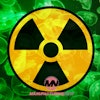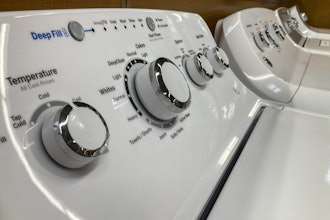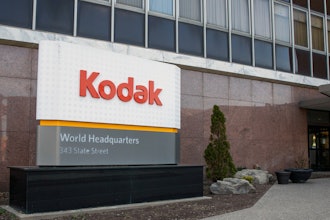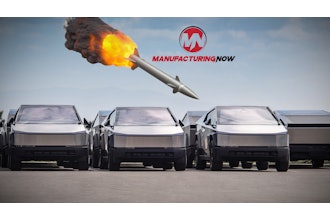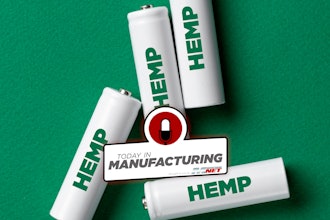
Make safety your priority when handling and storing flammable materials. You'll protect yourself and others in the area by doing so. Flammable materials require special handling and storage to avoid causing fires. Stay safe when working with hazardous, flammable liquids and gases with these simple guidelines.
Fire Requirements
You need to protect flammable liquids and gases from the three things that cause fires. All fires require heat, oxygen and fuel to start. Oxygen is all around. You cannot avoid it. The flammable liquids or gases provide the fuel the fire needs. To reduce the likelihood of spontaneous combustion, unexpected fire or ignition, you'll need to keep flammable materials far from heat sources during storage and handling.
Keep Flammable Away From Ignition Sources
A fire requires some type of ignition to start. That could come from a spark or ember. It could also happen spontaneously. Protect flammable materials from sparks and open flames. That include materials produced from metal-on-metal friction or smoking embers. You also need to keep the materials out of reach of heat sources, such as stoves, burners, boilers, furnaces and steam pipes. Flammable materials have a flash point below 100 degrees Fahrenheit.
Did you know static electricity could cause a spark? To avoid that problem, ground all storage materials. Also, use sealed lighting that will not create heat or sparks. Only use refrigerators designed to hold flammable materials and not the appliances used in kitchens. Put signs in areas to prevent other workers from bringing ignition sources to the materials.
Spontaneous Combustion
While most fires start from sparks, chemical reactions can also start a fire. This rarely happens when storing flammable liquids and gases in appropriate containers. But oil-covered rags, not in a well-ventilated area, can generate enough heat to ignite. Never store chemical-soaked fabrics without stretching them out or cleaning them first. Ground organic seed or grain meals and damp charcoal can also spontaneously combust.
Ventilate Storage Areas
In addition to locating storage areas far from heat sources, you must keep the area well-ventilated to prevent a buildup of heat. Ventilation also removes the flammable vapors that may seep out of the flammable material containers. Keeping these from collecting in an area can lower the chances of fire. Always have a fire extinguisher in the storage area to handle A, B and C type fires.
Flammable Liquid Containers
Store containers for liquid materials in flat places while appropriately labeled and sealed tightly. Additionally, never transfer flammable liquids with compressed air and use a safety can if you need to transfer or store flammable liquids. These containers have built-in safety devices to reduce the risk of fire during storage and transfer. If transferring flammable liquids from one container, never put another substance into the emptied container. Also, never let an untrained person handle flammable liquid containers or transfer their contents.
The volume inside a container will dictate the material used to store the liquid. Glass containers will suffice for flammable liquids of 5 liters or less. But for 25 liters, use metal or plastic safety cans approved for the liquid. If the liquid came in its own flame-resistant container, don't transfer it into another container unless necessary. For large drums, use drum cradles when moving the containers to prevent spills. Never try to lift or move them by hand.
Flammable Gas Containers
Flammable gas containers must prevent the gas from escaping while protecting the contents from ignition. If transporting flammable gases, ensure the containers adhere to your country's transportation laws. Flammable gas containers must have DOT-39 approval in the United States. When storing compressed gases, never keep them near any petroleum products. If you have single-use containers, never attempt to refill or reuse them.
Label Everything
Regardless of whether a container has flammable liquids or gases, it must have accurate information on the label. In addition to the material inside the container, also list its flash point and any other hazards it may pose. Safety gear required for handling the container, such as goggles or gloves, needs clearly labeled, as well. In the storage area, label the conditions such as temperature and humidity. Doing so can help other employees store the containers below their contents' flashpoints.
Handling Flammable Gases And Liquids
Flammable gases and liquids need careful handling and proper storage. All employees who handle these should have appropriate training in preventing fires and responding to accidents. Training should also include teaching all employees to keep containers marked flammable away from heat and to report issues they see with storage.
Careful Handling And Care
With low flash points, flammable liquids and gases require cautious handling and care. Never take for granted how easily these materials could ignite. To protect yourself and your business, you need to continuously keep in mind safety rules for handling and storing flammable materials.

